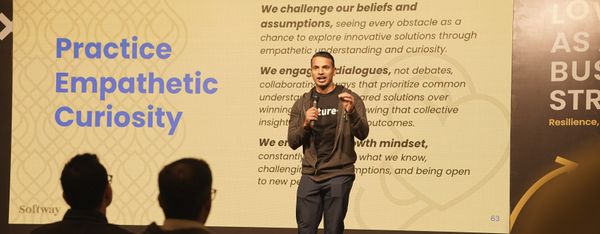Beyond Technology: The Shared Responsibility of Workplace Safety
In recent news, we see Slack, the popular messaging platform, taking a significant step forward. It has announced the implementation of a feature that allows users to hide messages from other members, marking its commitment to enhancing user safety. As a tool frequently used in modern workspaces, this development is indeed a critical progression in digital communication safety.
But as we appreciate this technological advance, we mustn’t lose sight of the bigger picture: maintaining psychological safety in our workplaces is a holistic concern that involves far more than just the tools we use.
Workplace harassment and abuse aren’t tech problems that we can patch with updates or new features; they’re systemic issues that require the attention and commitment of everyone within an organization. Every single individual, from senior leadership to the newest member of the team, shares in this responsibility.
A psychologically safe work environment is one where every individual feels heard, respected, and free from harassment or abuse. Achieving this involves fostering open communication and making sure everyone knows how and when to report issues. It also necessitates the presence of dedicated committees or HR departments that can thoroughly investigate reports of abuse and decide on appropriate actions, which can range from counseling to legal proceedings, depending on the severity of the offense.
While Slack’s new feature is an excellent tool in this mission, it is not the solution. The onus of utilizing it effectively within the broader framework of support, respect, and psychological safety rests with every member of the organization.
Remember, the digital tools we use are pieces of the puzzle, but the real change comes from the culture we create and uphold in our workspaces. It’s the collective actions, attitudes, and behaviors that define our work culture and determine how safe and inclusive it truly is.
Let’s keep striving for a world where everyone, regardless of their role or location, feels safe, valued, and respected both online and offline. Because workplace safety isn’t just a tech issue – it’s a human issue, a we-issue, an us-issue.



